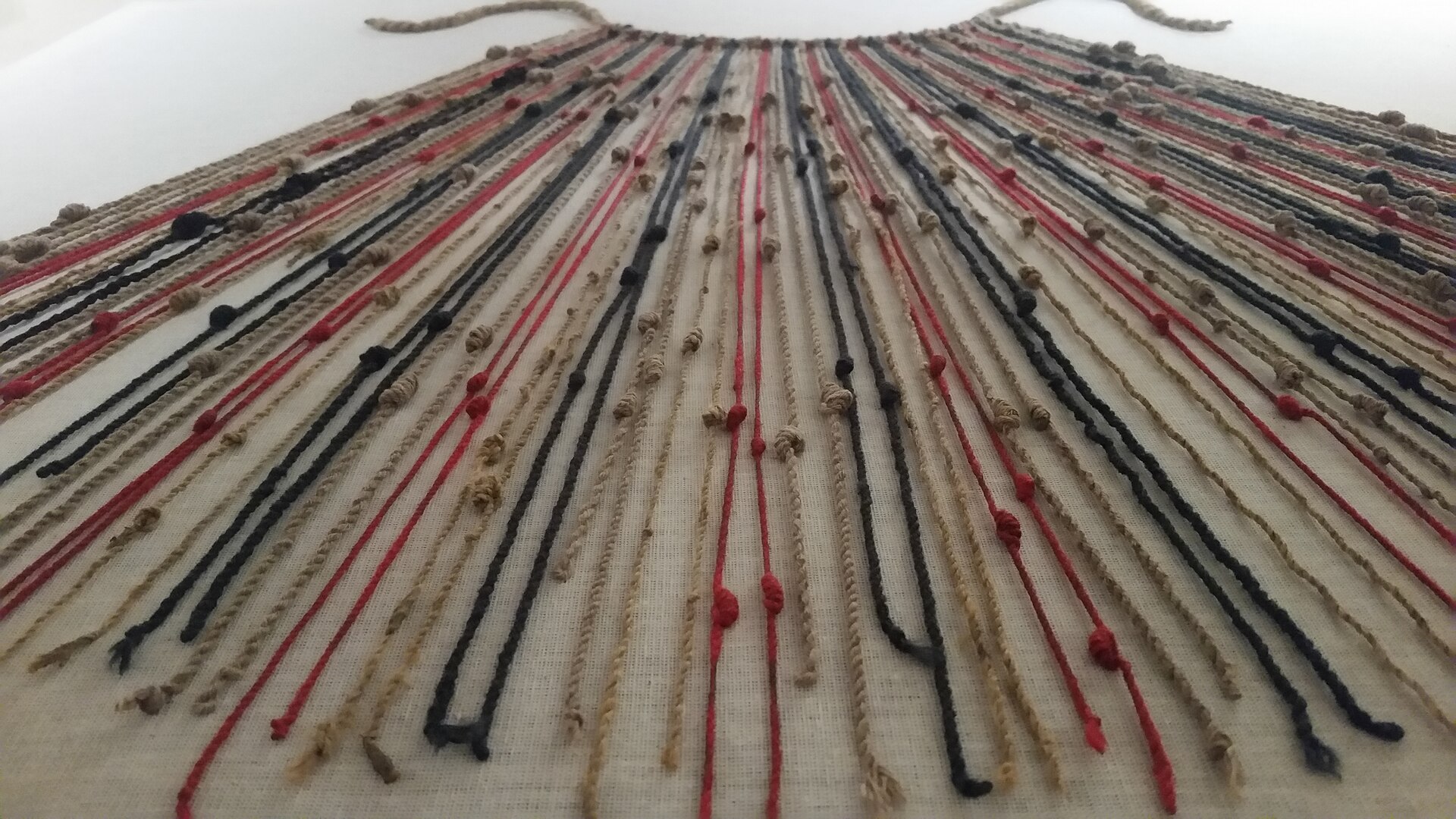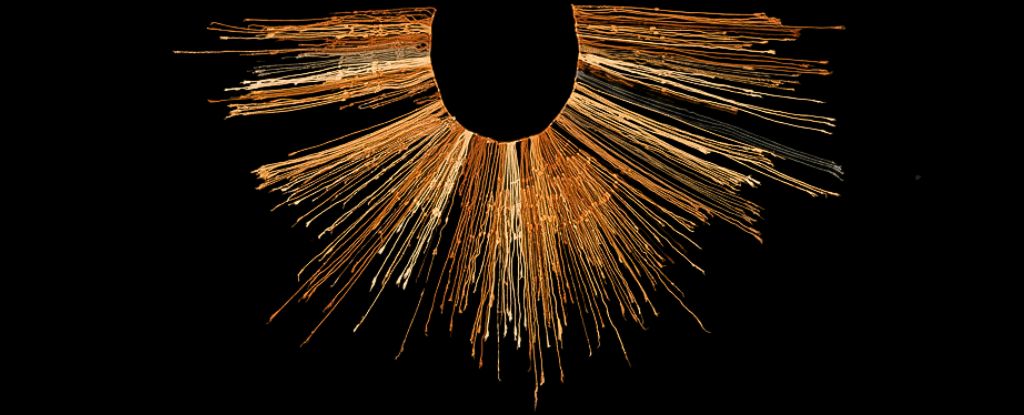For more than a millennium, many Andean peoples used an object called a “khipu” (also spelled “quipu” and pronounced “key-poo”) to record and communicate information.
Khipus were made with cords or strings with knots in them. And experts understand that many, but not all, of these buttons were used to represent numbers.
In a new study published today, I make a numerical connection between two important khipus from history – the first is the largest khipu ever known and the other one of the most complex.

What were khipus used for?
Although khipus were used in earlier times, they were especially important to the Inca Empire, which lasted from approximately 1438 CE to 1532 CE (when the empire was conquered by the Spanish). Because the Incas left no written documents, it is believed that khipus was their main system of communication and record-keeping.
Khipus was usually made from cotton or fibers derived from camelids (the group of animals to which camels, llamas and alpacas belong). These materials can be dyed or left naturally colored.
Some khipus even contain vegetable fibers, while others contain human hair.
It appears that specially trained khipu makers (“khipukamayuqs”) made very informed decisions in building these record keeping tools. These decisions related to the colors used, the direction of the spin and the ply of the cord fibers, the spacing and type of the cord attachments, and the structure and position of the knots.
Early Spanish chroniclers wrote of the various numerical uses of the khipu, including recording warehouse inventories, censuses, and tax and tribute obligations.
A new numerical connection
For more than a century, researchers have studied khipu traits in the hope that patterns can emerge from a collective vision. Over the past decades, their data have been digitized, which are now freely available through the Open Khipu Repository and the Khipu Field Guide.
For my research, I analyzed data from two quipus found in northern Chile and first recorded by ethnomathematician Marcia Ascher and anthropologist Robert Ascher in the 1970s.
One of these is the largest khipu ever found: it is over five meters long and consists of more than 1,800 cords (see image below). The other khipu (pictured in the header image) has almost 600 cords in intricate arrangements.
I noticed that both khipus’s used red/white ‘divider’ cords to separate groups of tens or sevens. The larger khipu was divided into ten groups, each group having seven cords. The smaller khipu was divided into seven groups, each group having ten cords (and many subordinate cords).
After examining and manipulating the data, I realized that the smaller and more complex khipu is a summary and redistribution of the information in the larger khipu. In other words, the two khipus record the same data, but represent it in a different way.
This is the most complicated numerical connection between khipus made to date. This was only possible thanks to the availability of data and digital tools that make searching for patterns easier – and which would not have been available to Marcia Ascher in the 1970s.

New Khipu Clues
While the numbers in these two quipus count and assign something, we don’t yet know what that was. Why would it be necessary to have two quipus record the same information in two different ways? We can only speculate.
Perhaps the larger khipu recorded the collection of varying amounts of food crops from the community, while the other recorded how this food was distributed to those in need, or between storehouses. Both ways of looking at the numbers would have been important to the people who used these khipus.
Experts believe that only a small portion of the khipus made throughout history have been preserved. This is partly because the institutions they used eventually became obsolete or adopted different means of recording after the conquest, combined with a climate that was less than ideal for preserving textiles.
Today, approximately 1,600 khipus remain, mainly in collections in America and Europe. The characteristics of less than half of these are digitally stored in research databases.
Through continued digitization efforts, we hope to discover more khipu clues – and make new numerical connections that contribute to our understanding of ancient Andean peoples.![]()
Karen Thompson, Research Data Specialist, University of Melbourne
This article is republished from The Conversation under a Creative Commons license. Read the original article.
